Happy birthday!Fifmama ray telescope in 13 years in 13 years, do you love that?
Author:Astronomy online Time:2022.09.21
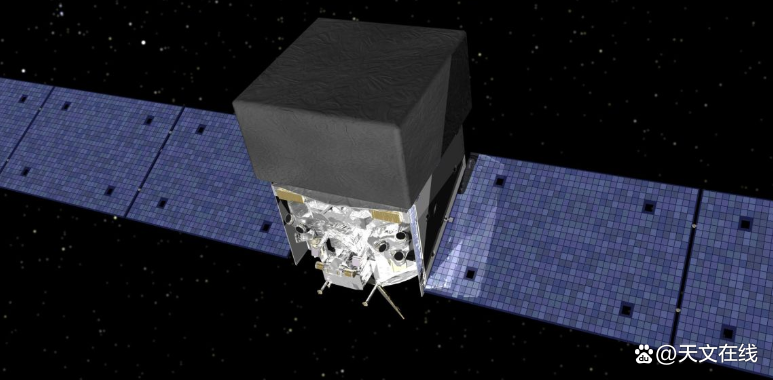
The artistic concept map of the Fermagma ray space telescope on the track. (Picture source: National Aerospace Bureau)
On August 4, 2008, the Fermamar Ride Space Telescope began a comprehensive scientific operation, scanning the entire sky with high energy beam. In the past 13 years, the Fermi telescope observed some of the most energy and rare events in the entire universe, from the raging spots from the sun to the huge plasma bubbles erupted from our galaxy. The following is the five highlights of this impressive telescope.
Related pictures from the Fermi Space Telescope of NASA
5) Cancer Nebula
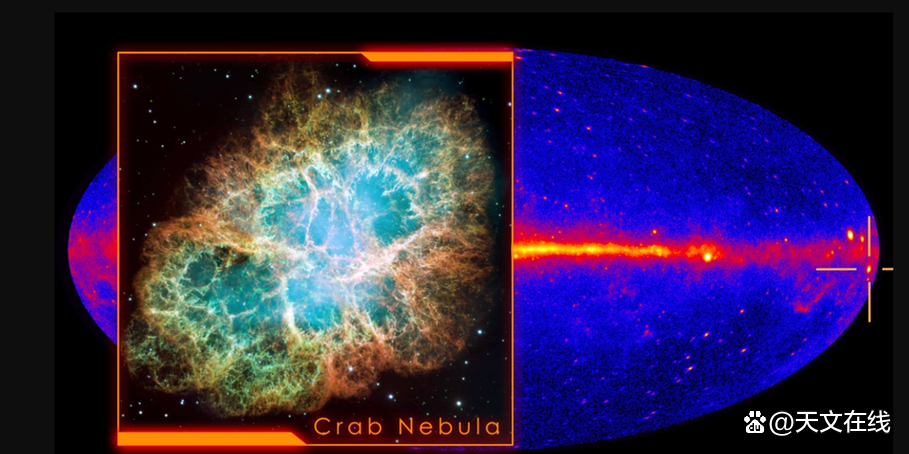
The Hubble image of the Cancer Nebula is lined with the Gamma rays throughout the day, showing the location of the Nebula (at the quasi -star). (Picture source: National Aerospace Bureau)
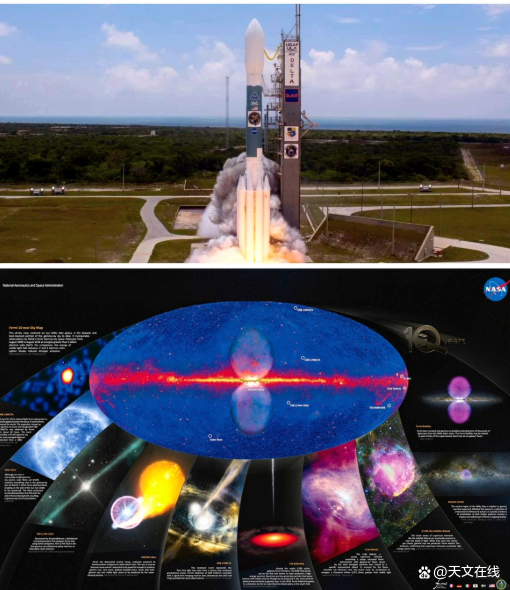
In 1054, the early astronomers found a new bright star appeared in the sky, and they were both happy and scared. They witnessed the demise of a supernova and a large -quality star. Today, in the same sky of Taurus, Cancer Nebula is located. It used to be a huge star and is now distorted.
You can see Cancer Nebula in the background of the telescope, but it is not so impressive -just a weak, vague spotted, faintly like a crab (if you narrow your eyes).
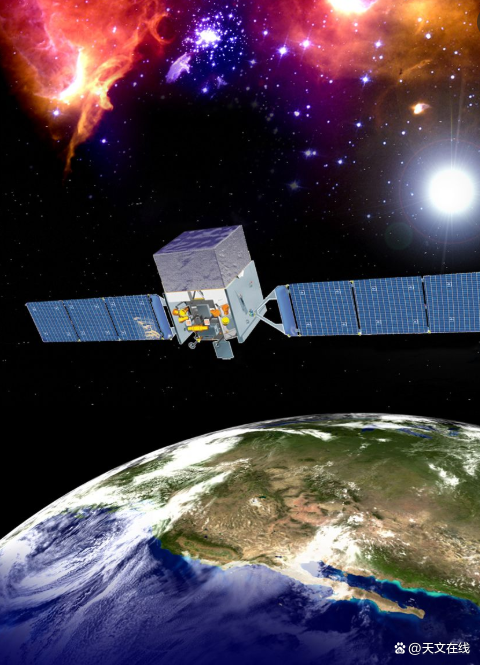
But gamma rays reveal a large number of "high energy stimulation" in this millennium nebula. Fermi telescope observed a number of "super spots", that is, the short -term strong gamma ray eruption, from this nebula. Astronomers suspect that pulse stars, that is, the core of the rapid rotation of the death star, which causes the sub -atomic particles to produce ultra -high energy, and then hit the surrounding objects to produce gamar rays.
4) The shortest gamma ray explosion
In fact, the Fermi telescope has become the preferred scientific instrument to observe gamma rays (GRB). The short and strong gamma rays come from all over the sky, which shows that most of them come from outside the galaxy. This includes GRB 081102B, which occurred in the direction of Bo 年Tes constellation in 2008. GRB 081102B is the shortest gamma ray violence since the record, which lasted only one tenth of the second. Generally, the cosmic -level incident takes millions of years to end, but this extreme disaster ends within a blink of an eye.
3) Map of the day
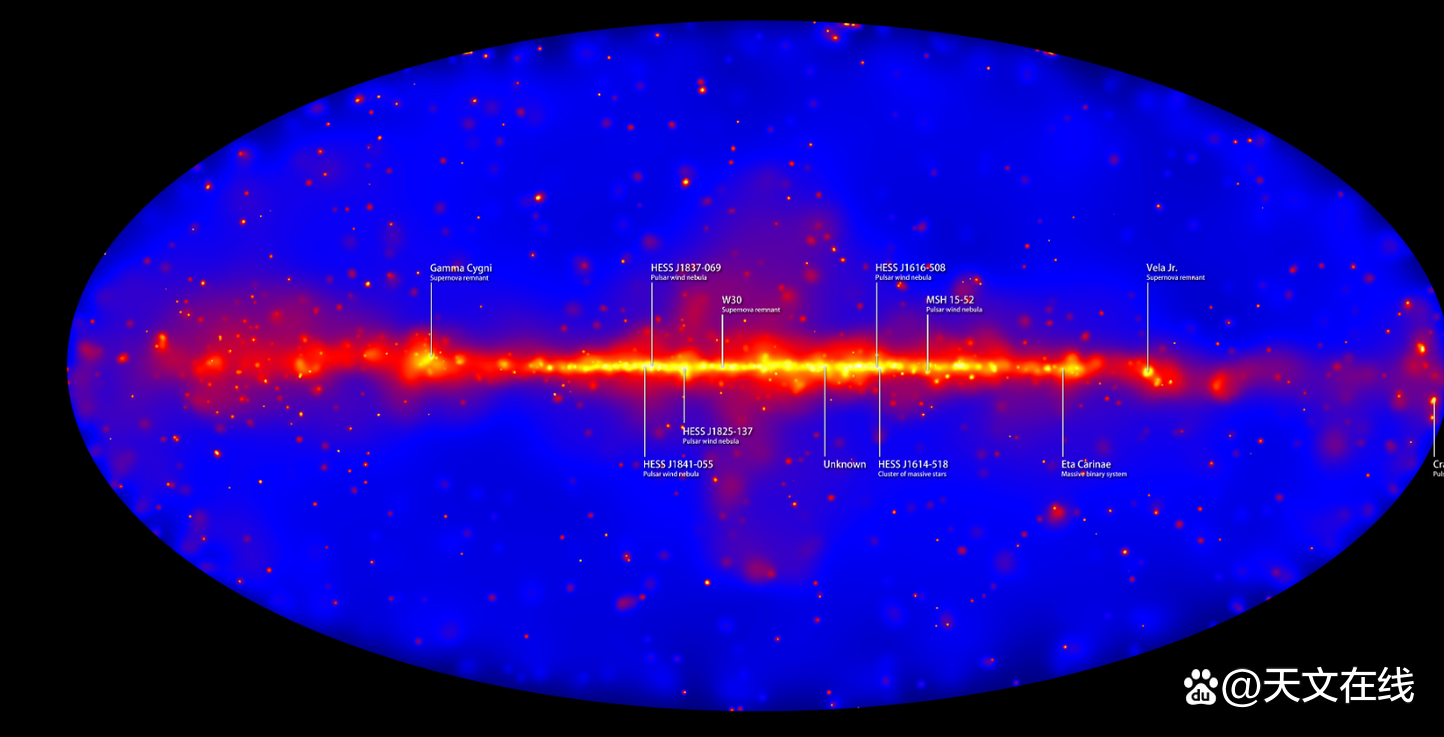
The energy observed by NASA's Fermig Malaysia rays of the Space Telescope is billions to trillion -dollar times of visible light. (Picture source: NASA/DOE/Femi Lat collaboration)
Fermi telescope has a unique status: because its orbit is above the earth, it can easily scan the entire sky repeatedly. This makes astronomers not only capture a one -time high -energy event, but also understand the overall intensity of gamma rays around us.
Fermi full sky maps that are updated every few years are an example. This map of the day shows that our galaxy is a very strong gamma ray launcher, when the cosmic rays -tiny high -energy particles -hitting the gases between the stars, gamma rays. This map also reveals the star formation area of gamma rays in the galaxy and a single source outside the galaxy.
2) Fermi bubble

This NASA picture shows the huge gamma ray Fermi soaked in the galaxy. (Image source: NASA Godad)
Fermi telescope found two huge feathers extended from both ends of the core of the galaxy. These huge areas are called Fermi bubbles, extending about 25,000 light years, which is almost as large as the size of the galaxy itself.
Astronomers are still not sure what these bubbles are illuminated and they have released so many gamma ray radiation. In the past millions of years, the large quality black hole in the center of the Galaxy may experience a fierce stage of eating. Observation of other galaxies tells us that when black holes are swallowed, some substances escape in the form of long and thin plasma jets. Perhaps the spray like this expands these huge bubbles to this day.
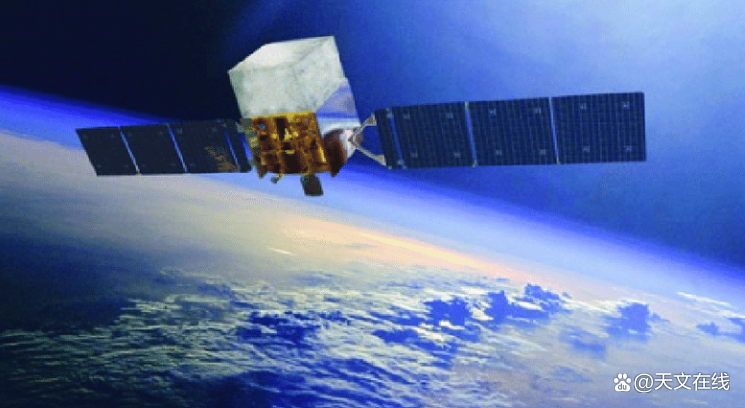
1) Millennium Star
On August 17, 2017, the task of "Fermi" has been carried out for more than 9 years. The automatic observation procedure noticed that there was a signs of gamma ray explosion in the direction of the NGC 4993 galaxy of 144 million light years. In the 3 seconds after that, another thing happened: the gravitational waves were detected through the earth. The source of gravitational waves comes from the same direction in the sky.
For a few hours, astronomers around the world pointed the telescope at this small galaxy, and recorded the first known millennial incident in history -the merger of two neutron stars. The joint discovery of gamma rays and gravitational waves allows us to observe this rare process. This process was just hypothetical.

These observations have confirmed many things: neutron stars do collide. When they collide, their brightness is about 1,000 times that of ordinary new stars. They release a large number of heavy elements and enrich the universe. Although gamma rays and gravitational waves have spread 144 million years, the time difference between reaching the earth is only 3 seconds, which also proves that the speed of gravity is equivalent to the speed of light and the speed of light, which also consolidates another aspect of Einstein's general theory of relativity.
By: Paul Sutter
Fy: Dragon City D
If there is related content infringement, please contact the author to delete the reprint after the work is released.
- END -
Industrial Bank APP is a bit big!Turns monitor the user's heart rate and steps!

When using the Industrial Bank APPWill it be monitored and the number of steps?rec...
20000+ posts!Tomorrow

Tomorrow morning (September 19)Zhongguancun Science City Caijun CloudLarge -scale ...